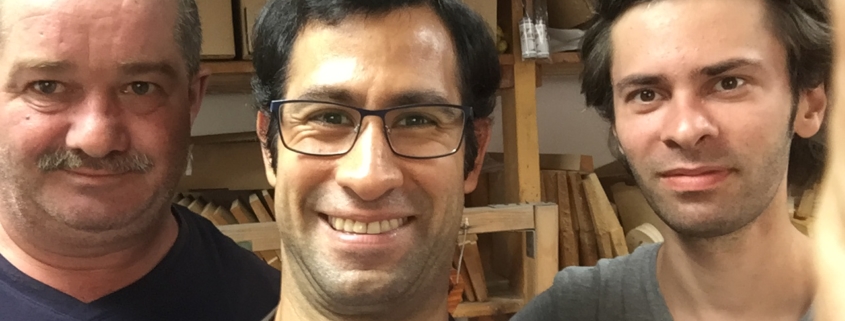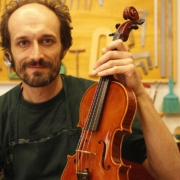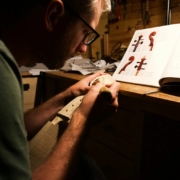Transylvania, Romania and Violin-Making
As a violin player I’ve always had the desire to understand the way violins work. Why some sound better than others? Why are they so diverse in their aspects?
These and many other questions were answered to me during the fantastic training that I had the opportunity to undertake in Reghin, Romania, the heart of Romanian violin making.
First, a few words about Reghin … Reghin is the Romanian Cremona of violin making, interestingly situated in Transylvania, well-known to the world for the endless Dracula stories, but less known for its beauty and history. Besides, it is common knowledge that the best wood for making violins comes from Transylvania (and Dolomites). Transylvania is an idyllic place, with people, nature and food one never forgets. One thing I will never forget is the delicious food at ‘Mama Ela’.
The training itself was very well organized and diverse. I learned a lot about pegs, nuts, bridges, spruce, maple, varnishes, age and density of the wood, measurements and so many other useful details needed in order to make these incredible instruments.
To just give one example of the kind of knowledge I gained… violin bridges. It was for the first time that I was able to grasp the importance of these tiny pieces of maple and the amazing connection between the bridge and the sound. I never heard before that the wood is treated with a secret ‘poison’ before being released into the market. Or that the long grains must face the musicians and the dots the fingerboard … as my master maker said ‘first comes the rain, then the snow’. Or that there is a very simple way to recognize good from bad quality wood, and that is: the wider the horizontal lines on the bridge are, the weaker the wood and therefore the sound is; the more narrow and compact the wood is, the stronger and better the violin sound will be. These is such helpful knowledge for players, that I believe music conservatories all over the world should include in their curriculum a violin making course.
During my stay there, I had the opportunity to visit and be inspired by other successful workshops, while trying different instruments that they make.
I believe that training served not only its purpose, but enabled me to become a better player overall, revealing the secrets of wood, varnish, strings and so on. It was an unforgettable experience, an experience every violin player should have.
I look forward to returning to Transylvania in February, 2019 to continue my training. At that time, I may well visit the Dracula castle and learn more about the country.





